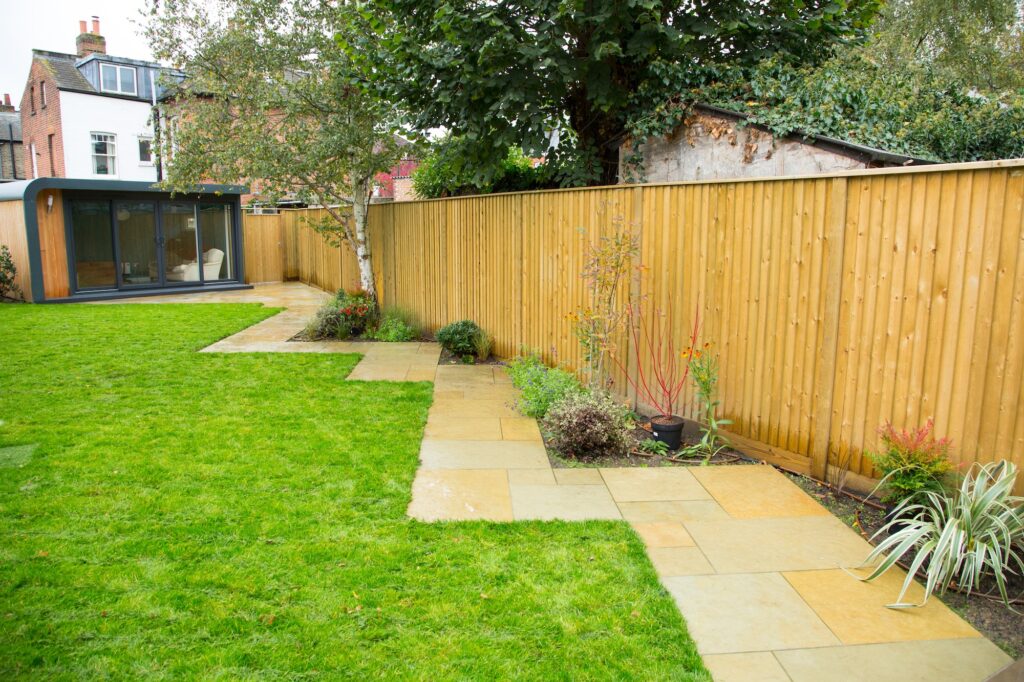As environmental awareness grows, more homeowners in Leamington Spa are seeking ways to create beautiful landscapes that are also eco-friendly. Incorporating sustainable practices into your landscaping not only benefits the environment but can also enhance the aesthetic appeal and functionality of your outdoor space. Here are some practical tips for adopting sustainable landscapers leamington spa practices in Leamington Spa.
1. Choose Native Plants
Why Native? Native plants are well-adapted to the local climate, soil conditions, and wildlife, requiring less water and maintenance compared to non-native species. They provide essential habitats for local pollinators and wildlife.
How to Incorporate:
- Research and select plants that are native to Leamington Spa and the surrounding areas.
- Create a planting plan that includes a mix of native perennials, shrubs, and trees to ensure year-round interest and ecological balance.
2. Implement Water-Saving Techniques
Conserving Water: Water conservation is crucial in sustainable landscaping. By using efficient watering techniques and choosing drought-resistant plants, you can reduce water usage and promote a healthier garden.
How to Incorporate:
- Install a rainwater harvesting system to collect and reuse rainwater for irrigation.
- Use drip irrigation systems or soaker hoses to deliver water directly to the root zone, minimizing evaporation.
- Group plants with similar water needs together to make watering more efficient.
3. Create a Composting System
Benefits of Composting: Composting is a sustainable practice that reduces waste and enriches the soil. By recycling kitchen scraps and garden waste, you can create nutrient-rich compost that supports plant health.
How to Incorporate:
- Set up a compost bin in a convenient location in your garden.
- Regularly add organic materials like vegetable scraps, grass clippings, and leaves.
- Use the finished compost to amend soil and provide nutrients to your plants.
4. Practice Organic Gardening
Avoiding Chemicals: Organic gardening eliminates the need for synthetic fertilizers and pesticides, protecting both the environment and your health. Instead, use natural methods to manage pests and nourish plants.
How to Incorporate:
- Utilize natural pest control methods, such as introducing beneficial insects or using insecticidal soap.
- Apply organic fertilizers, such as compost, worm castings, or manure, to promote healthy plant growth.
- Practice crop rotation and companion planting to enhance soil health and deter pests.
5. Implement Mulching
Benefits of Mulching: Mulching helps retain soil moisture, suppress weeds, and regulate soil temperature. It also adds organic matter to the soil as it breaks down, promoting healthier plants.
How to Incorporate:
- Use organic mulch materials, such as wood chips, straw, or grass clippings, around trees, shrubs, and flower beds.
- Apply a layer of mulch about 2-3 inches thick to achieve optimal benefits without smothering plants.
6. Promote Biodiversity
Creating a Diverse Ecosystem: Biodiversity in your landscape encourages a balanced ecosystem, which can lead to a healthier garden. By planting a variety of species, you can attract different pollinators and beneficial insects.
How to Incorporate:
- Design your garden with a mix of flowers, shrubs, and trees to support various wildlife.
- Create habitats for beneficial creatures, such as bee hotels, bird feeders, and small ponds.
7. Use Sustainable Materials
Eco-Friendly Choices: When selecting materials for hardscaping, pathways, or structures, opt for sustainable, recycled, or locally sourced materials to minimize environmental impact.
How to Incorporate:
- Choose permeable paving options for walkways and patios to reduce runoff and promote groundwater recharge.
- Use reclaimed wood for garden structures, such as fences, raised beds, or trellises.
8. Design for Energy Efficiency
Reducing Energy Use: Landscaping can also play a role in energy conservation by strategically placing plants to provide shade and reduce heating and cooling costs.
How to Incorporate:
- Plant deciduous trees on the south and west sides of your home to provide shade in the summer while allowing sunlight to warm your home in the winter.
- Create windbreaks using shrubs or trees to protect your home from cold winds.
Conclusion
Incorporating sustainable practices into your landscaping in Leamington Spa is an effective way to create a beautiful and environmentally friendly outdoor space. By choosing native plants, conserving water, composting, practicing organic gardening, mulching, promoting biodiversity, using sustainable materials, and designing for energy efficiency, you can contribute to a healthier ecosystem and enjoy a thriving garden. These practices not only benefit the environment but also enhance your enjoyment of your outdoor space for years to come.

